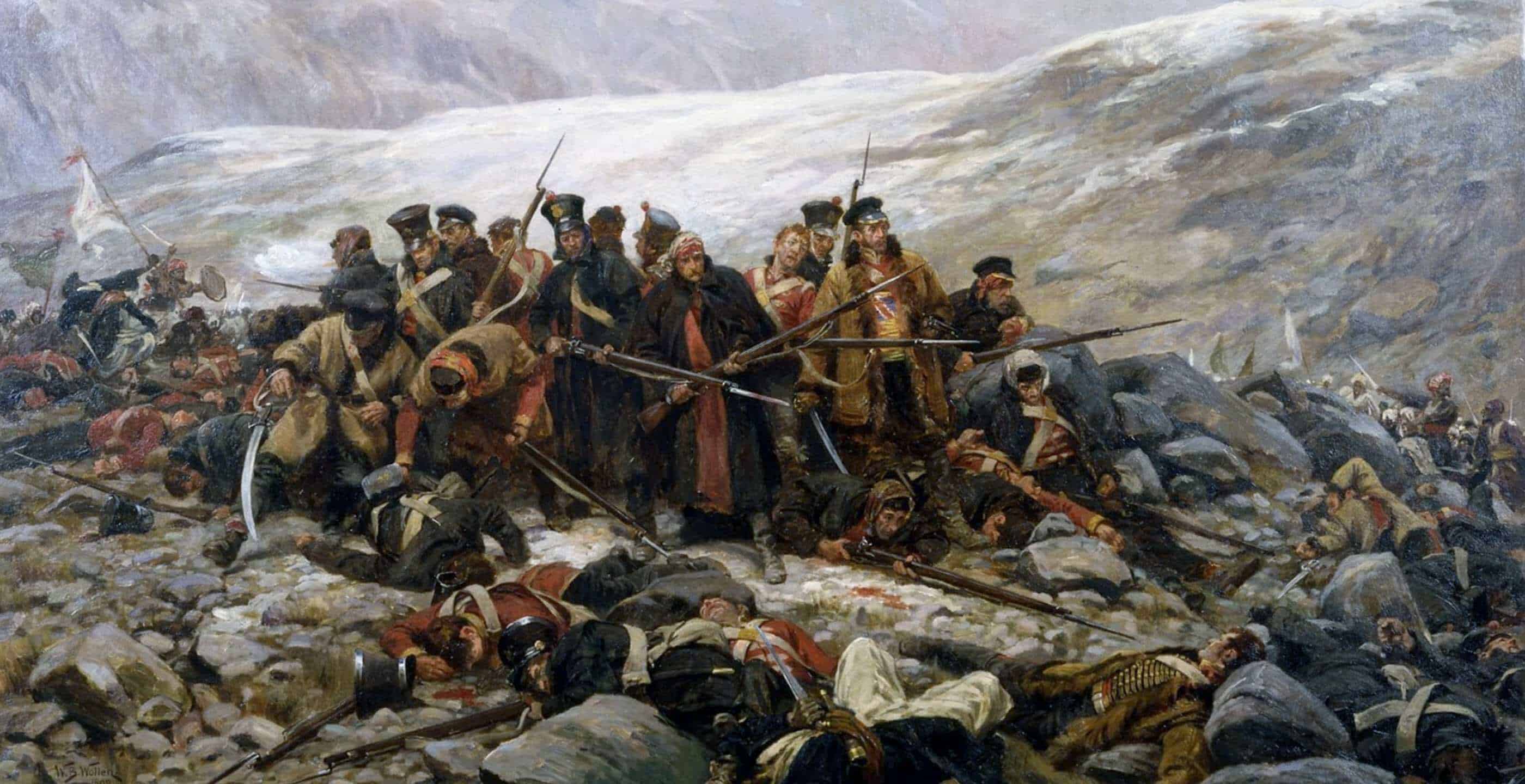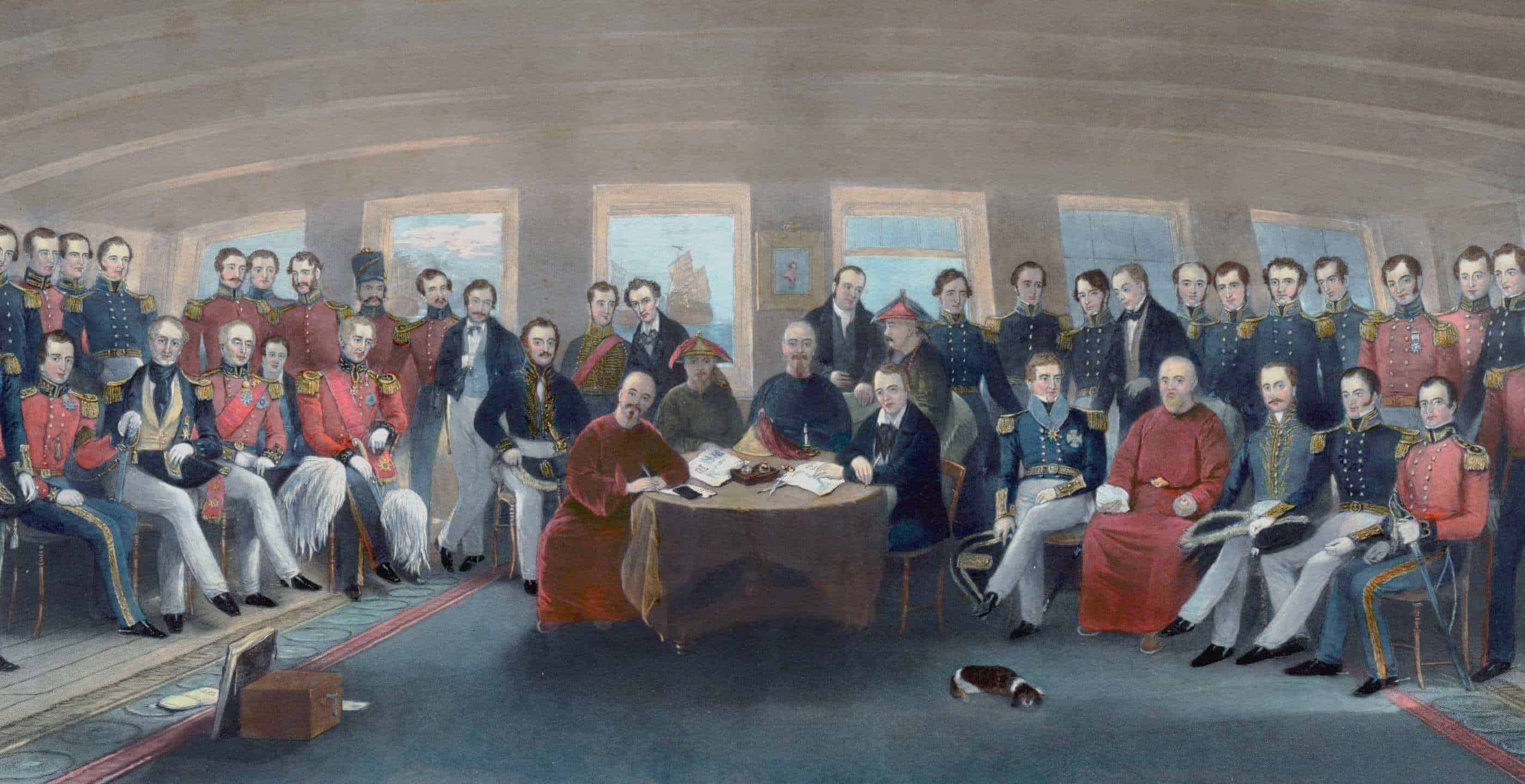The Battle of Peking took place on 14th and 15th August 1900 when an eight-nation coalition of forces led by Britain ended the siege of foreign citizens in the city of Peking. Crucially, the events dealt a massive blow to the reigning Qing dynasty which would ultimately be replaced with a Republic. The changing fate of China was evolving before everyone’s eyes.
The battle itself was a crucial development in a much larger trajectory of events known as the Boxer Rebellion. This was a peasant uprising with the main aim of driving foreigners out of Chinese territory. The term “Boxers” was a phrase used by foreigners to refer to the Yihequan which was a Chinese secret society known as “Righteous and Harmonious Fists”. Their activities involved practicing boxing and gymnastic skills that encompassed the teaching of Chinese martial arts and were motivated philosophically by opposition to Westernisation and the Christian missionary activities practiced by foreigners. The result was a bloody, violent anti-foreign movement which took place between 1899 and 1901 and ended with the Qing Dynasty.
The feelings of antipathy towards foreigners grew in 1899 when the Boxer Rebellion provided an outlet for the hostility that was bubbling under the surface of Chinese society. By the following year, the movement had spread to the city of Peking where the actions of the “Boxers”, as they were known, included torching Western churches, murdering Chinese citizens who practised Christianity and attacking foreigners. This concerned the diplomatic community who subsequently called for an international expedition of troops to travel to Peking and offer their services of protection.
The special rescue mission was known as the “Seymour Expedition”, named after the leader, British Vice-Admiral Edward Seymour who led 2,000 sailors and marines to relieve the diplomatic groups in the city. Seymour wasted no time in assembling a group of international armed forces comprised of Germans, French, Americans, Japanese, Italians, Austrians and the British who were stationed at Tianjin (formerly Tientsin).

The expedition ultimately would prove unsuccessful due to a strong, defensive Chinese Imperial Army. Despite attempts by the foreign coalition to break through, their ultimate downfall came when the supplies began to run out and ammunition was low; they were therefore left with no other option but to retreat and return to Tianjin.
The provocation of foreign soldiers potentially marching on the city prompted the Chinese ruler, Empress Dowager Cixi, to give orders that foreign diplomats and anyone that was not Chinese should leave Peking and make their way to Tianjin, accompanied by the Chinese army.

Unfortunately, a German minister who had intended to discuss with the Royal Court the instructions to leave, had been killed by one of the Chinese guards. The foreign diplomatic groups were thrown into a frenzy and quickly began to assemble themselves in their respective compounds, marking the start of a long fifty-five day siege.
By 21st June, sensing that the foreigners were unwilling to leave the city for fear of their safety, Empress Cixi decided to support the Boxer rebels and declare war on all foreign powers. In doing so, the foreigners and others persecuted for their religious beliefs took refuge in the Legation Quarter and formed a makeshift defence made up of various nationalities. Around nine hundred citizens found themselves besieged in Peking, with only the hope of international armies coming to their aid.
On 17th July an important agreement was made, to hold a ceasefire. Meanwhile, the foreign powers made up of eight nations began organising a relief effort which involved 55,000 troops made up of Russians, Japanese, Americans, French and the British, who consisted mainly of Indian cavalry and infantry. Although the alliance was composed of eight nations, the Austrians, Germans and Italians failed to contribute a significant number of troops at the time.

The objective of the foreign troops was simple: they were to fight their way into the city, find the easiest route to the Legation Quarter and rescue those that have been besieged. The problem for the alliance however was that Peking had a formidable defence, comprising of a large city wall twenty-one miles long with sixteen well-guarded gates. The inner city had its own wall surrounding it which was forty feet tall and then an extra wall around the outer region of the city, with a large population living in-between.
The foreign troops remained undeterred by the prospect and on 5th August defeated the Chinese in the Battle of Beicang. The Japanese proved instrumental in the fight, overcoming the Chinese and allowing the foreign alliance to march on.
The following day they fought at the Battle of Yangcun, led by American soldiers who defeated the Chinese troops in sweltering heat. This victory allowed the alliance to reach Tongzhou, only a few miles outside of the city on the 12th August.
Only a few miles from the outer city walls, the foreign alliance observed sounds of gunfire from within Peking and began to fear the worst. They had been unaware of the plight of Chinese Christians who had taken refuge alongside the foreigners, as well as the fact that a second siege was in progress at the Beitang cathedral which had been surrounded by rebels and the Chinese army.
On 14th August, the foreign expeditionary group made their first manoeuvres; considerably weakened by the heat and lacking in numbers, they reached their destination. They launched their attack which ultimately turned into a competition between nations as to who would receive the credit for rescuing the besieged.
Four different national armies assaulted the city from different gates, the Russians taking the northern route, the Japanese further south, and the British and American troops at the southernmost gate whilst the French seemingly were left out of the plan. The Russians were the first to break through, violating the plan and advancing on the American gate. At three in the morning the Russians killed thirty Chinese who were guarding the post and once inside found themselves trapped in a courtyard, leaving them in a dangerous position of crossfire amounting to high numbers of wounded Russians soldiers.

The Americans having found that their gate was already blasted open, moved their positions south and climbed a thirty foot wall which enabled them to access the legation quarter in the shadows of the wall. Meanwhile, the Japanese were being held off by a strong defensive position and the British passed through with ease. The easiest way to enter the besieged quarter was through a drainage canal and so the British troops waded through the filth and mud and arrived, to be greeted happily by the people who had been hiding for so many days. The siege was over.
Whilst a few more shots from the Chinese echoed around the quarter the majority were unscathed. The British had successfully reached the end of the day with no casualties, whilst the Americans had escaped with only one death and a handful of wounded. The victory had fallen on the side of the besieged, whilst the Chinese troops were defeated and Empress Cixi subsequently fled the scene.
The result was a significant victory for allied forces and a humiliating defeat for the Chinese and particularly the Qing dynasty whose reputation was destroyed and its longevity thrown into question. By 1912, the dynasty was overthrown, Chinese power was changing hands.
Jessica Brain is a freelance writer specialising in history. Based in Kent and a lover of all things historical.







